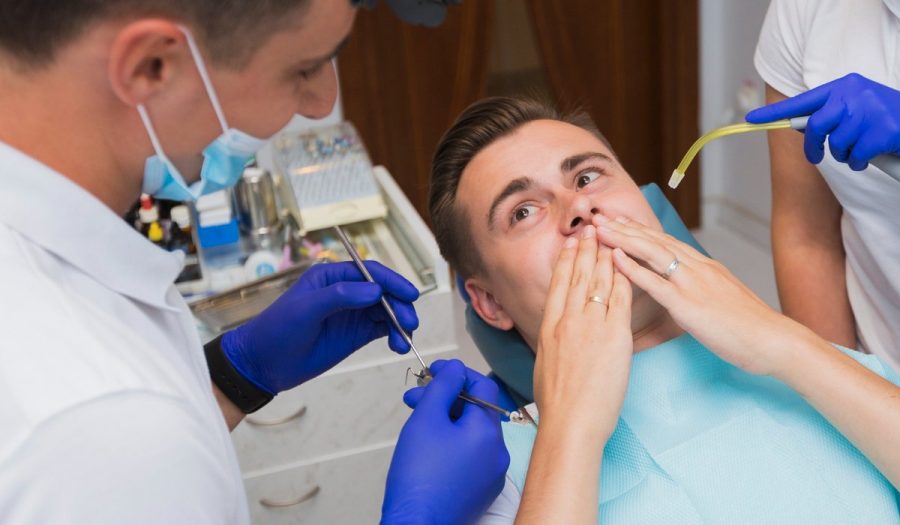
Wisdom teeth removal is a common dental procedure that many people undergo during their late teenage or early adult years. Since wisdom teeth can often cause pain, infection, and other oral health issues, their extraction is often recommended by dentists or oral surgeons. One crucial aspect of wisdom teeth removal is the type of anaesthesia used to ensure patient comfort and a successful procedure. Let’s explore the different types of anaesthesia commonly used in wisdom teeth removal Sydney.
Local Anaesthesia:
Local anaesthesia is the most commonly used form of anaesthesia in wisdom teeth removal. It involves injecting a numbing medication, such as lidocaine, into the treatment area. Local anaesthesia allows the dentist or oral surgeon to work on the affected area while the patient remains fully conscious.
Although you may experience some pressure or pushing sensations during the procedure, local anaesthesia ensures that you won’t feel any pain. This type of anaesthesia is typically administered via injections near the surgical site.
Nitrous Oxide (Laughing Gas):
Nitrous oxide, commonly known as laughing gas, is another type of anaesthesia used in wisdom teeth removal. It is a colourless and odorless gas that, when inhaled, produces a relaxed and euphoric state.
Nitrous oxide is often used in combination with local anaesthesia to alleviate anxiety and discomfort during the procedure. The advantage of nitrous oxide is that its effects wear off quickly, allowing patients to drive home after the procedure.
IV Sedation:
Intravenous (IV) sedation, also known as conscious sedation, is a more advanced form of anaesthesia used in wisdom teeth removal. With IV sedation, a sedative drug is administered through a vein, inducing a state of deep relaxation.
Patients under IV sedation are still conscious but are often in a semi-conscious state and may have limited memory of the procedure. This form of anaesthesia is beneficial for patients with severe dental anxiety or for complex wisdom teeth extractions.
General Anaesthesia:
General anaesthesia is the deepest form of sedation used in wisdom teeth removal. It renders the patient completely unconscious and unaware of the procedure. General anaesthesia is typically administered through inhalation or intravenous drugs, and it requires the presence of an anaesthesiologist.
This type of anaesthesia is reserved for complex cases, patients with special needs, or individuals who prefer to be completely unconscious during the procedure. General anaesthesia ensures that patients do not experience any pain or discomfort and are unaware of the surgical process.
What Should You Choose?
It’s important to note that the type of anaesthesia used for wisdom teeth removal depends on various factors, including the complexity of the procedure, the patient’s medical history, and their level of anxiety. The type of anaesthesia you choose will also influence the wisdom teeth removal cost Sydney. Your dentist or oral surgeon will evaluate these factors and recommend the most appropriate form of anaesthesia for your specific case. Your dental professional will discuss the risks, benefits, and potential side effects associated with the chosen method. They will also provide pre-operative instructions to ensure a safe and successful procedure.
Consulting with your dental professional will help determine the most suitable anaesthesia option for your wisdom teeth removal, ensuring a comfortable and stress-free experience. To know more about the wisdom teeth removal price Sydney, get in touch with your dentist today.
Tags: wisdom teeth removal cost Sydney, wisdom teeth removal price Sydney, wisdom teeth removal Sydney

